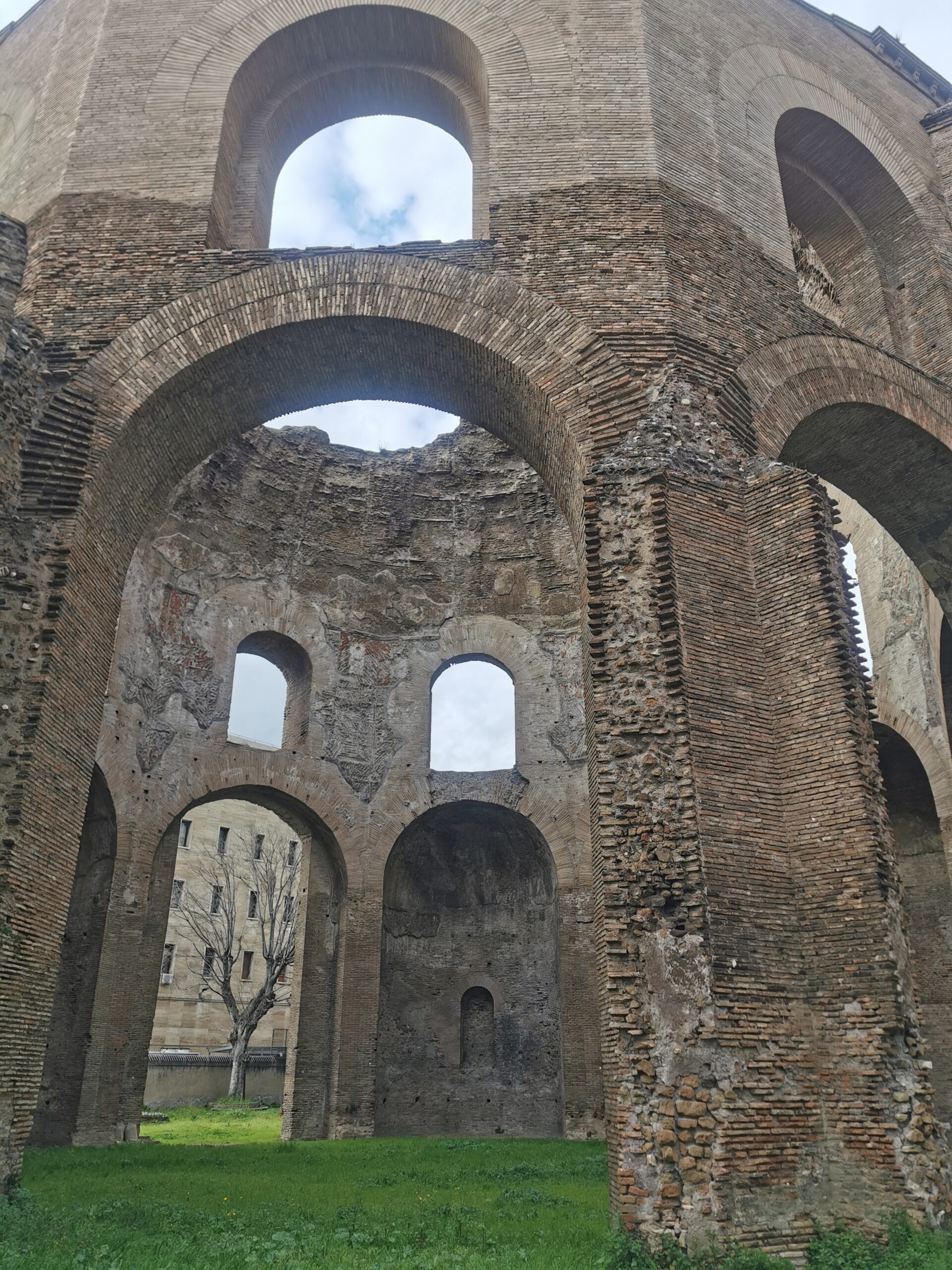Left in abandonment, the third largest remaining structure of ancient Rome
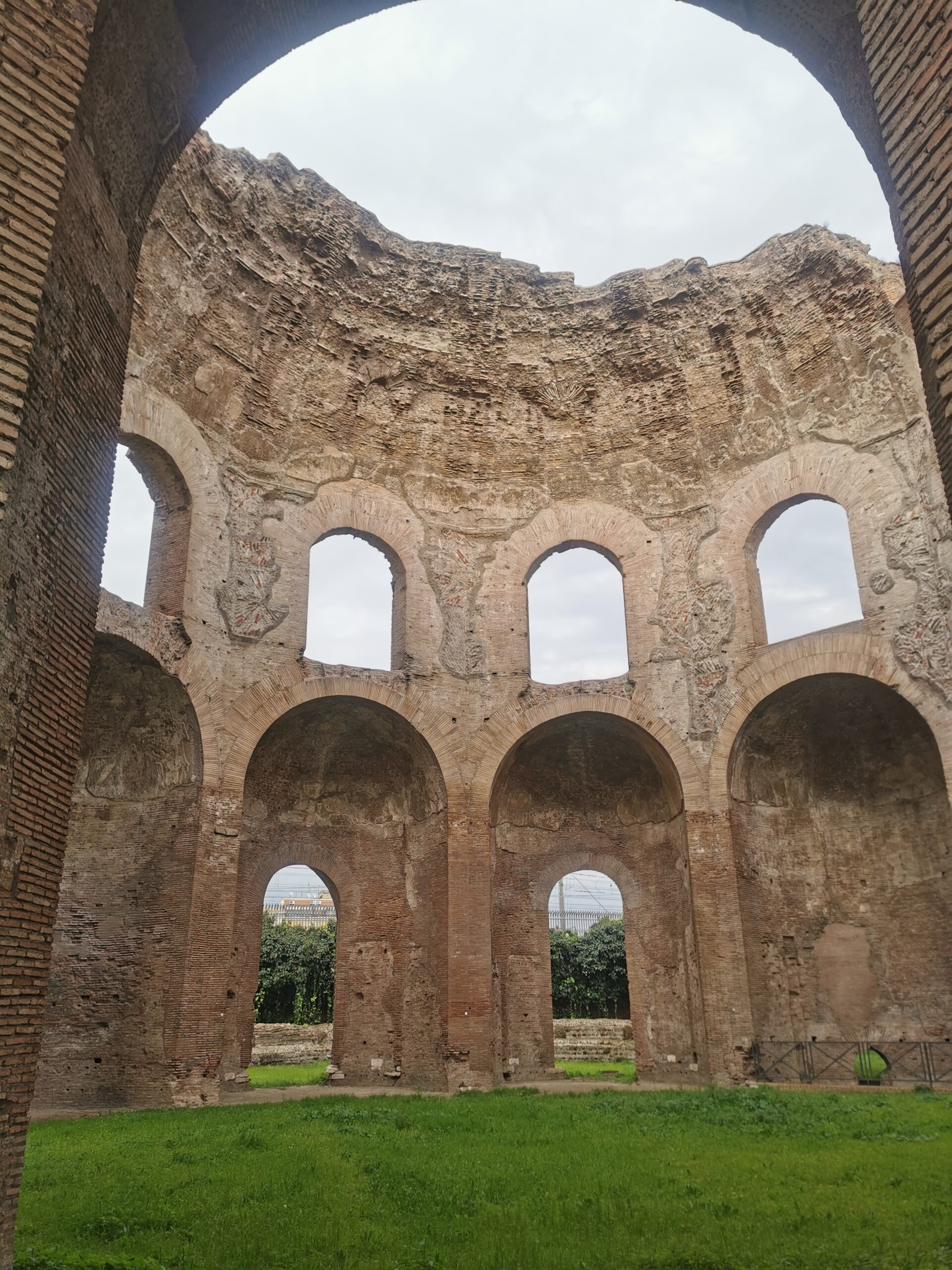
Squeezed between railway tracks and tram lines, amidst streets marked by graffiti and dirt, in a corner of neglect, lies one of the greatest and most important buildings of ancient Rome (https://maps.app.goo.gl/3xeKTAaPRK9qBLKu8).
The Temple of Minerva Medica dates back to the 4th century AD. Its structure is marvelous: a decagon with nine attached semicircular niches. Built in the Constantinian era, it’s not wrong to say that it marks the transition phase between late ancient art and Byzantine art. In summary, without the so-called Temple of Minerva Medica, there would be no Hagia Sophia in Istanbul.
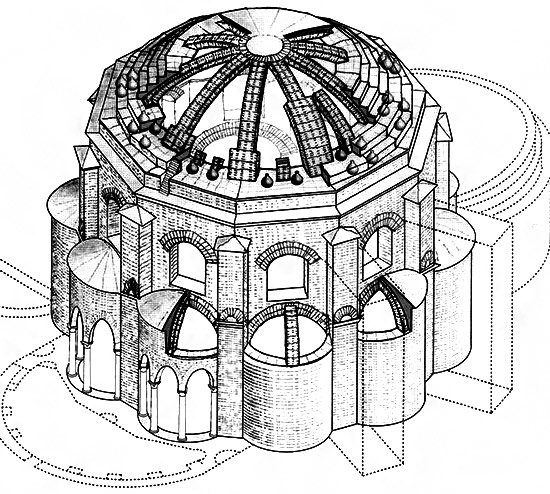
Yet, this stunning building has not received attention from Italian public authorities since the 1940s! The dome, with a diameter of 25 meters, could today compete with the largest churches in Rome. Instead, part of it collapsed in 1828 and today less than half remains. The structure is third in the city in size after the Pantheon and the Baths of Caracalla. Marble slabs adorned the walls and the floors were covered with vibrant and colorful mosaics.
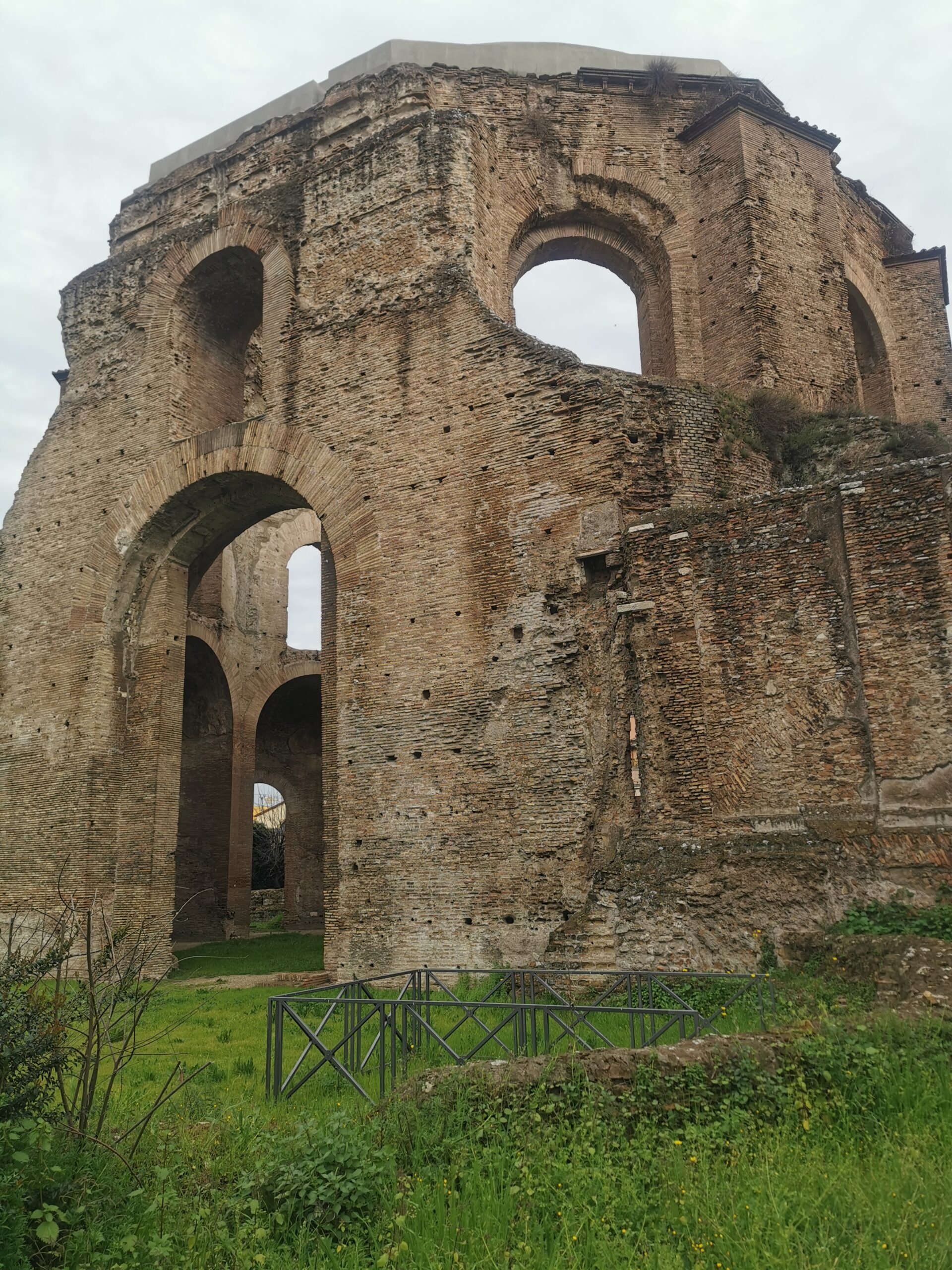
The Temple of Minerva Medica owes its name to the alleged discovery in the area of a statue of Athena-Minerva. However, this event dates back to the 17th century, and many have questioned the location of the discovery (they say that the actual location of the Minerva discovery is Santa Maria Sopra Minerva). The statue is a cast of the original by Phidias and was made between the 5th and 4th centuries BC. Today it is in the collection of the Vatican Museums.
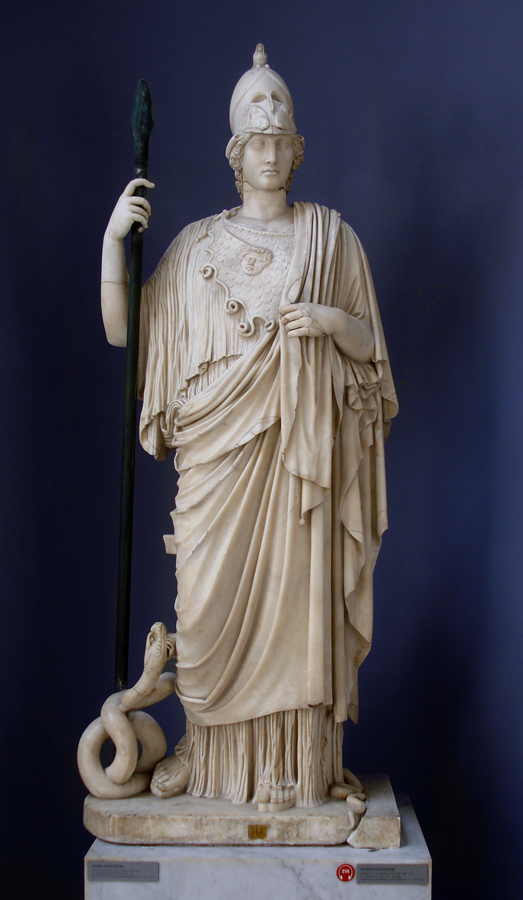
The building, probably imperial property, actually served as a ceremonial pavilion erected on the site of the Horti Pallantiani and Epaphroditiani (gardens and properties of the Roman aristocracy). Nearby, roughly where the Basilica of Santa Croce in Gerusalemme stands today, was the Sessorium, the imperial Palace. It probably served as a venue for banquets and receptions even in the winter, as a heating system for the floor and walls was discovered in a large interior portion.
